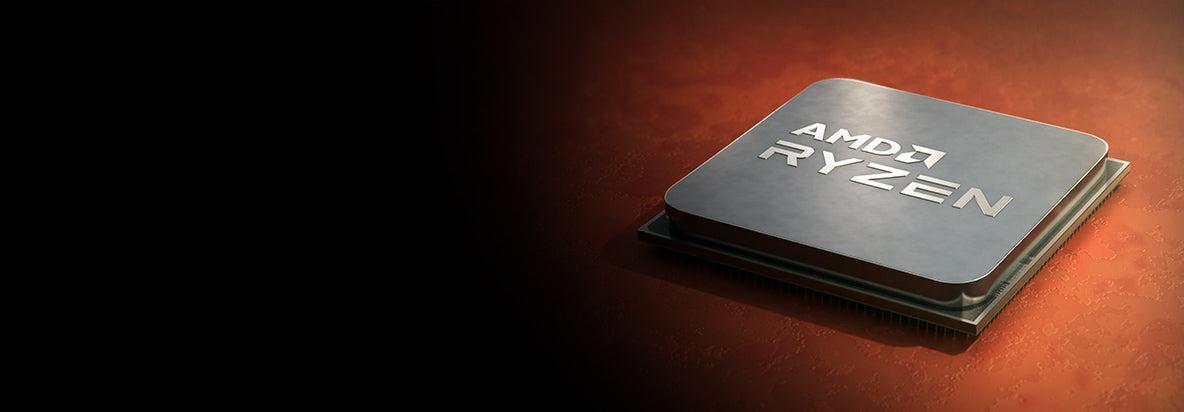Scalability of Blade Servers in Modern IT Infrastructure
Your IT infrastructure faces new issues as a result of digital transformation and its new paradigms. So, in the always-changing world of IT infrastructures, scalability has emerged as a crucial issue for companies looking to adapt and expand. Blade servers have become a potent remedy.
Moreover, multiple blade modules, which are effectively miniature servers with their CPUs, memory, and storage, are housed within blade servers, a particular kind of server. Here, we will investigate the idea of scalability and examine how it offers the flexibility and efficiency needed to scale smoothly inside contemporary IT architectures.
Understanding Scalability in IT Infrastructures
Scalability is the capacity of a system or infrastructure to manage increased workloads and demands without compromising performance or experiencing substantial disruptions. It entails effectively adapting the growing network, computer, and storage resources as the company grows.
For organizations to maintain their competitiveness, manage spikes in data traffic, support new applications, and adjust to changing client expectations, scalability is essential.
The Scalability Advantages of Blade Server
The following benefits provided by blade server have changed scalability in IT infrastructures:
Enhanced Cooling Efficiency
Blade servers produce less heat than rack-mounted servers, making them more effective. They are smaller, employ more common components, and have better cooling designs, among other things, which all contribute to this. It can therefore assist in lowering the demand for pricey cooling systems, which can result in financial savings for companies.
Additional information about how it can help to increase cooling effectiveness is provided below:
- Because blade servers are typically smaller than rack-mounted, they have less surface area where heat can be produced.
- Sharing parts like power supplies and cooling fans among blade servers might help cut down on heat production.
Modular Design
Blade servers have a modular design, with each server unit (blade) having its own processor, memory, and storage components. Businesses may add or remove blades as needed because of this modular design, which offers an unequaled level of flexibility and scalability. By adding more blades to the existing enclosure, IT teams may easily upgrade or extend their computing resources.
Streamlined Management
It enable easier management through centralized control, providing administrators with several benefits. Businesses can monitor and manage all blades from a single centralized interface by placing many blades inside a single enclosure. This reduces complexity and saves time by eliminating the need to access and manage each server separately.
Routine maintenance activities, applying updates, and resource allocation are all simple things for administrators to complete. The centralized management strategy reduces operational costs, boosts output, and guarantees seamless scalability.
Improved Flexibility
By allowing businesses to flexibly scale up or down their IT resources as needed, scalable blade servers can help them be more adaptable. Reducing the need to acquire and maintain excess IT capacity, can help firms save money.
Also, scalable servers are simple to relocate to new locations as needed, which can be advantageous for companies that need to expand into new markets or that need to recover from a disaster.
Scalability Scenarios and Use Cases
It provide scalability across a variety of IT systems and commercial contexts, including the following:
- Growing Companies – It gives increasing companies a scalable infrastructure that can accommodate their changing requirements. Additional blades can be effortlessly incorporated into the current enclosure as the demand for computing resources rises, enabling enterprises to scale without affecting operations.
- Virtualization and Cloud Computing – Virtualization and cloud computing technologies work very well with blade servers. Since they are scalable and effective by design, they are excellent for hosting virtual machines and cloud-based applications.
It can be quickly scaled and supplied to handle the fluctuating workload demands of virtualized applications. For companies wishing to implement virtualization or cloud computing solutions, this makes them a practical and affordable option.
- Enterprises and Data Center – Large-scale data centers and enterprise organizations can benefit from the scalability that this servers provide. Businesses may increase server density while utilizing a minimum amount of rack space thanks to their high-density computing capabilities.
Blade enclosures let data centers grow their computing capacity without sacrificing efficiency or adding to their space-related costs.
Scalable Blade Servers’ Future
The future of scalable blade servers is promising despite the difficulties. The market will continue to expand because of the rising demand for IT performance, flexibility, and scalability. Businesses can anticipate that employing blade server technology will have even more advantages as it develops.
Wrapping Up
Blade servers provide a potent option to fulfill the changing demands for scalability, a critical factor for enterprises functioning in contemporary IT infrastructures. In comparison to conventional rack-mounted servers, it has a variety of benefits, including decreased prices, scalability, and efficiency in terms of power, cooling, and space.
They have thus grown in popularity in recent years. Scalable servers have a promising future as the market expands as a result of the rising demand for IT performance, flexibility, and scalability.



